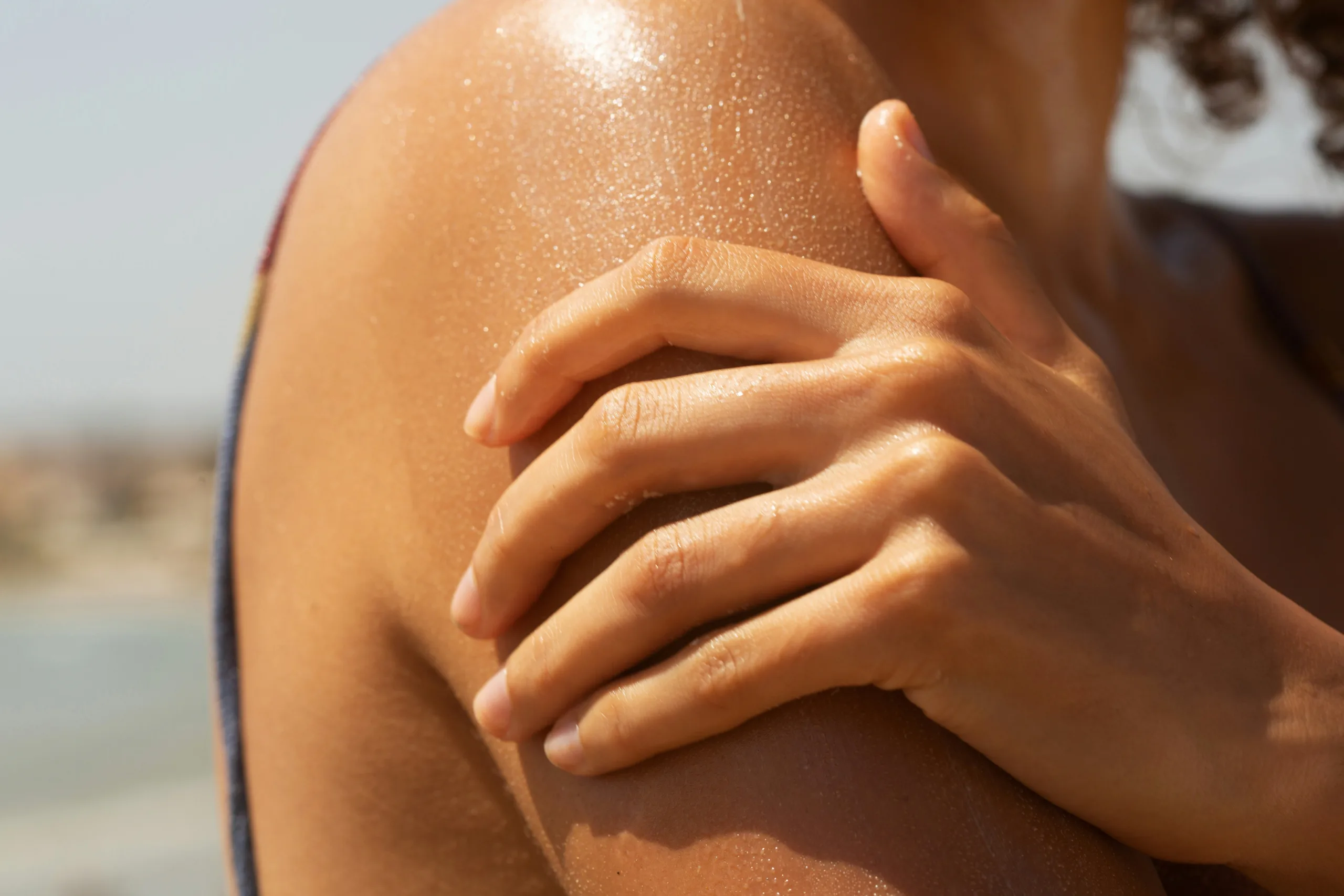From your choice of workout to your running sneakers, how earth-friendly are your healthy habits, really?
Most likely, there’s room to go a little more green, says Alden Wicker, the eco-living expert and smart, stylish founder of EcoCult.
“There are some actions we can take that are a lot more effective than others,” Wicker explains. “Eat less meat, and when you do eat meat, strive for organic, free-range, and grass-fed. Try to live in a walkable and bikeable neighborhood and in a smaller home so that you don’t need to acquire so much stuff to fill it up or use multiple air conditioners to keep it comfortable.”
While those changes may sound like a pretty big undertaking, fear not: there are also quick and easy ways to make an impact. Below, we share some surprising ways to make your healthy lifestyle a bit healthier for Mother Earth, too.
5 Ways to Green Your Active Lifestyle
1. Invest in a reusable water bottle.
By the time you finish reading this article, over five million plastic water bottles will have been purchased worldwide at a rate of 20,000 bottles per second. (That’s almost 500 billion per year!) And most will probably end up in landfills alongside the staggering 91 percent of plastic that doesn’t get recycled.
Instead of buying single-use bottles en route to CrossFit, get yourself a durable, reusable one from a brand like S’Well Bottle, BKR, or Klean Kanteen (whose products really hold the temperature of whatever you put inside, making them the perfect transport for hot tea or ice cold water).
2. Work out outside.
“Air conditioning, which uses an absurd amount of energy, represents one of the gravest threats to our planet,” says Wicker. Those nifty cooling gadgets release 117 million tons of carbon dioxide every year and account for six percent of energy use in America. Since our planet is getting warmer, that number is likely to go up.
To reduce your carbon footprint, go for a run or do yoga outside. Better yet, turn your commute into a workout by biking, which will also save you from tons of subway- or traffic-induced stress. Temps won’t always agree, but the fall and spring are the absolute perfect times to trade your gym membership for a pair of hiking boots.
3. Become an earth-advocate at your gym.
Perhaps your favorite fitness studio manager isn’t exactly on the green team. Do a quick assessment and identify easy yet impactful changes that her or she can make to improve.
For example, is there a specific trash can for recyclables? And what’s going on with all of the plastic bags in the locker room? “Ask for a good water fountain designed for refilling bottles, and request some outdoor classes when the weather’s nice,” says Wicker, “and don’t be afraid to leave feedback if they overuse air conditioning.” You can even go one step further and encourage your gym to unplug equipment overnight to prevent phantom energy use. (This could help them cut down on their electricity bills, making it a total win-win.)
4. Use sustainable workout gear.
Actually, you often don’t even need gear. “Try to work out using your own body weight, without a machine, outside,” says Wicker. (Here’s how to do that!) If you’re a yogi, companies like Yoloha Yoga make mats from responsibly-sourced cork along with items that would have otherwise ended up in landfills, like gigantic rubber tires. Suga makes theirs with recycled non-biodegradable neoprene wetsuits.
After your workout, skip the plastic laundry bag dispenser in the locker room. Instead, bring along a waterproof, washable one that can be used over and over again, like this one by Matador, which folds up to fit in a tiny water droplet keychain. It’s really easy to carry around (and totally thematic). Planet Wise offers leak-proof wet bags in three sizes and a ton of prints that are perfect for wet bathing suits and sports bras.
5. Dress to impress Mother Nature.
Did you know that it takes 20,000 liters of water to produce a single cotton tee and pair of jeans? Cotton production accounts for 2.6 percent of annual water usage. Instead of buying running shorts that require tons of materials and energy to produce, opt for something from Yoga Democracy, who makes apparel with recycled nylon and polyester. Brands like Girlfriend make their products using BPA-free plastic materials like water bottles sourced from Taiwan, using 25 bottles per pair of leggings. Wicker’s faves include a slew of other sustainable brands, including PrAna, Rumi X, Teeki and Patagonia.
You can even cut down on laundry by trying DeFUNKit. The innovative detergent protects clothes from odors and body sweat so you won’t have to wash your leggings after every. single. workout. While the idea of putting your used workout clothes right back in your closet may seem gross, get this: it passed a smell test conducted by Outdoor Magazine, whose writer gave her clothing the DeFUNKit treatment before mountain running and skiing.
Finally, what you wear on your feet can make a difference, too. Instead of tossing out old sneakers, consider recycling them through Nike’s Reuse-A-Shoe program, which turns footwear into different sporting materials like athletic turfs and playground floors. The brand’s GRIND initiative offers a bunch of sneakers and apparel made with resources that otherwise would have been trashed. Adidas is on board with this program, too. Their collab with innovative waste reduction group Parley uses innovative technology to create running shoes using ocean and beach waste.
Feeling a little overwhelmed? Just pick one or two to start and then encourage your workout partner to do the same. Pretty soon, you’ll be saving the planet, one outdoor HIIT workout at a time.
(Featured Photo: Dominik Wycislo via Unsplash)





























